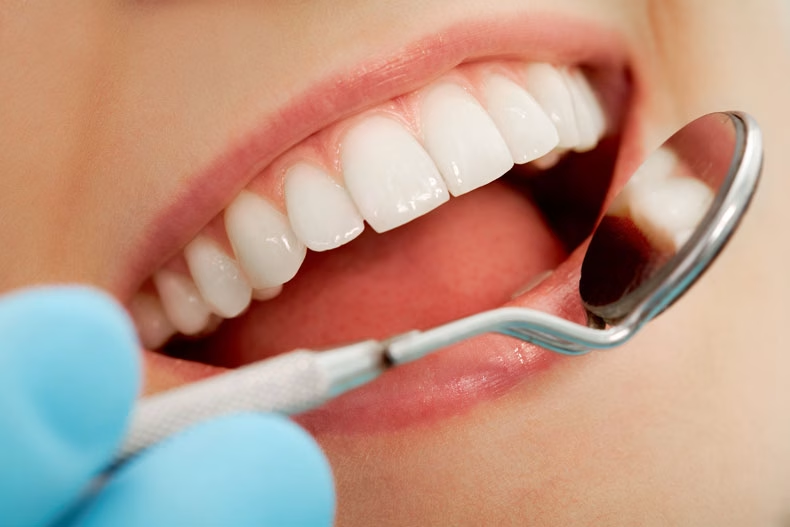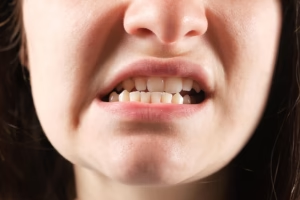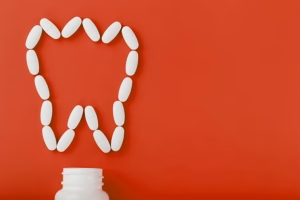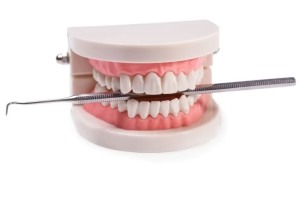Tooth Abscess Identifying, Preventing, and Treatment
19 May 2018

The list of dental conditions that can befall you is quite long. Yet, dental experts often single out tooth abscess as one of the most painful and dangerous ones. If you experience a horrible toothache all night long that does not go away, you might be having more than an ordinary decay on your hands. A tooth abscess is one of the conditions which those that are lucky enough never experience.
To find out more, read on a quick guide on how to identify, treat and prevent tooth abscess.
What does an abscess look like?
A tooth abscess is a pocket of pus that forms near the tooth when it is infected. It is full of bacteria that usually accumulate for a while, which leads to a bacterial infection breaking down the tissue. They can form in other parts of the body as well, and their main role is to act as the defense mechanism and prevent the infection from reaching other body parts. Sometimes, it is hard to see the abscess with naked eye and the extreme pain you are feeling might be hard to locate.
There are three types of dental abscess: periapical, periodontal and gingival.
Periapical (tooth) abscess is the most common of three. It occurs in the tooth (inside the soft pulp), typically as a result of tooth decay. Pus may appear at the gum line, but in most cases ends up in surrounding tissue.
Periodontal abscess is usually found deep in the gum pockets (between the teeth and gums). As pus has nowhere to drain, the infection spreads to the surrounding tissues and jaw bone.
Gingival abscess occurs in the gum tissue only and does not affect the tooth and the ligaments.
What is the cause of tooth abscess?
Dental plaque is guilty of causing all sorts of dental problems and the same goes for tooth abscess. An abscess is not directly caused by plaque. But, plaque causes tooth decay and it is one of the two main causes of tooth abscess. Poor diet and bad oral hygiene are the main culprits when it comes to getting tooth decay. Maintaining proper oral hygiene and eating healthy foods (low in refined carbs and sugar) will make you an unlikely candidate for suffering from tooth abscess.
The second cause of tooth abscess is an entirely different factor – physical trauma. If you take a blow to the head or get injured in an accident, make sure to check your teeth for chips and cracks. A broken tooth is vulnerable to an infection and gives an opportunity for tooth abscess to develop. Bacteria enters the crack and invades the dental pulp, and this leads to an infection (swelling, pus and sharp pain).
Signs you need to call your dentist
Although the pain came out of nowhere, the pus has been probably forming for quite some time. In any case, sharp and sudden pain is a red signal that it is high time to see a dentist. If you are a resident of the Gold Coast and Brisbane areas, get in touch with us at MGA Dental. Our emergency dentists will provide you with help ASAP. Have in mind that the abscess will not go away by itself and if you want to save your tooth and prevent infection from spreading – act immediately.
Pain may also be accompanied by other symptoms, so beware if you experience any of these conditions:
● Your teeth are sensitive to cold or hot
● You are feeling weak and/or you have a fever
● There is swelling of the jaws
● Swollen lymph nodes (in the neck or under the jaw)
● Bad breath and strange (bitter/salty) taste in your mouth
● A draining sore, located on the gums
Even if you are not experiencing sharp and intense pain, and have no trouble eating, a visit to a dentist is recommended as soon as possible to avoid further infections and complications. If you cannot breathe or swallow, or have a high fever, go straight to the emergency room.
How is an abscess treated
The treatment you will receive highly depends on how serious your tooth abscess is.
During the first examination, the dentist will have a look at the abscess and probe it gently to check the level of discomfort. Then, they will recommend an X-ray scanning, to check the condition of the bone and surrounding tissues. Know that your dentist will first try to treat the infection without extraction, if possible. If antibiotics do not work, root canal is the next step in the attempt to save the tooth. If the tooth cannot be cleaned during a root canal procedure or the infection comes back, the tooth will have to be extracted.
To save yourself from the pain and expensive procedures and to keep a healthy smile, be sure to schedule regular dental checkups every 6 months and maintain proper oral hygiene.









